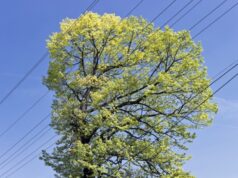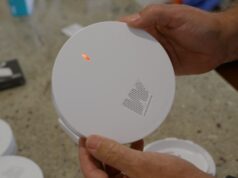
If you live in an area of Australia that’s prone to cyclones, chances are that your home will need to be constructed to comply with the local cyclone code. Find out what this involves.

Image courtesy of NAA, A6180, 31/12/74/19.
Building regulations and cyclones
After Cyclone Tracy devastated much of Darwin in the mid-1970’s, the Australian government worked with scientists to produce a new set of building regulations with the goal of keeping more homes in one piece during extreme weather conditions. While there is no way to guarantee a building’s survival in a cyclone or strong wind storm, the majority of homes that didn’t make it through some of Darwin’s more recent cyclones were either damaged by wind-born debris, were built before the regulations were introduced, or had been poorly maintained or improperly constructed.
Wind rating categories
Different regions in Australia are divided into wind rating categories, according to how likely they are to face strong winds and cyclones. The wind pressure (or load) and uplift your roof will need to be able to resist relates to the wind rating category your home falls into, and this decides which building requirements your roof needs to comply with.
Cyclone code regulations state what type of cladding you can use and how strong your roof trusses, battens and fixings need to be. Ideally, wind is prevented from entering buildings during a cyclone or strong wind storm. When wind manages to penetrate a building, the internal pressure can cause roofs and ceilings to lift and walls to be pushed outwards, causing structural collapse. Building your roof ‘to code’ gives it a better chance of staying in place if wind penetrates your home.
Maintenance
The importance of regular maintenance for roofs in cyclone-prone regions cannot be overstated. Even if your roof is put together by a trusted contractor in strict accordance with building regulations, fixings can deteriorate over time. Your roof needs to be examined once or twice a year, and always after heavy storms for corrosion, rot, termite and other insect attacks, and general weathering. Corrosion and rot are a particular problem in coastal areas, which also happen to be cyclone and strong wind prone regions.
What to check for:
- Corrosion of metal cladding and fixings
- Corrosion of metal structural components (columns and beams)
- Corrosion of and/or loose brackets and bolts
- Termite attack to structural members
- Decay or rotting of structural members
- Loose roof sheeting
- Deterioration of roof attachments such as roof vents, solar hot water systems, satellite dishes
If you have any concerns with your roof you should employ a contractor for a professional inspection. Always used a licensed builder for any construction work.
To find out more about wind ratings and local cyclone code requirements where you live, contact the residential housing authority in your state or territory.





